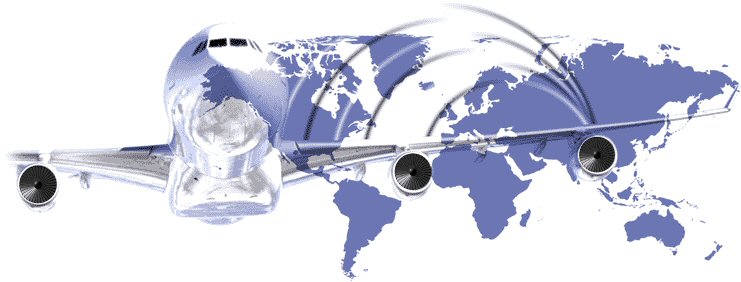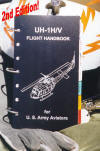 Study
Guide and Quick Reference, 2nd Edition Study
Guide and Quick Reference, 2nd Edition
ISBN 1-878595-02-4, Ringbound only, $90.00 USD,
available while supply lasts...
This Handbook Features...
-
Comprehensive Simplified PPC Data
revolutionizes performance planning speed and
accuracy. Complete your performance planning
in a snap!
-
Logical Flow Diagram Procedures. Refresh
your memory, work your planning and performance
considerations step-by-step through a concise
decision tree.
-
Integrated with other Pubs. The latest TM
55-1520-210-10 (C17) data are integrated with
guidance from other publications i.e. AR 95-1, TC
1-211 and CFR's etc.
-
Tabbed Indices organize procedures and data the
way you actually fly; TAKEOFF, CRUISE and
LAND. Also provided are
LIMITS/SPECIFICATIONS, IRREGULAR, EMERGENCY and
ADDITIONAL Procedures and a PROCEDURAL
INDEX.
-
Conveniently Sized to the "-10CL". More than 300
heavy durable pages measure 4.5 x 8 inches. Seven pre-punched equally spaced holes allow the
handbook to be "ringed" just like the "-10CL".
-
Two Handbooks in One. Performance data covering
both Composite (CB) and Metal (MB) Main Rotor Blade
(MRB)
aircraft are "color coded". Each page clearly
indicates aircraft designation, power plant and data
basis.
NO MORE PPC BLUES
Completing the Performance Planning Card (PPC)
can be time consuming and tedious, but not any more.
The UH-1H/V Flight Handbook For U. S. Army Aviators
is a Quick Reference and Study Guide developed by
an Army Aviator for professional aviators rated on the
UH-1H/V (commercial designations Bell 205
or GH-205) aircraft.
No more "chase-around"
charts!... No more interpolating graphs!...
Compare TM 55-1520-210-10 and Flight Handbook
side-by-side…
|
Figure 7-3, Hover (Power Required) Chart, (Sheet
2 of 2), pg. 7-15, C5 |
UH-1H/V Flight Handbook |
|
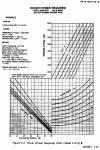 Metal
Blade (MB) aircraft. Metal
Blade (MB) aircraft. |
 TAKEOFF,
Hover Power Required, TAKEOFF,
Hover Power Required,
(pg. T-27) |
Logical Flow Diagram Procedures precede each set of
data
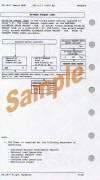 |
TAKEOFF,
GO-NO-GO TORQUE (IGE)
(pg. T-18)
Procedure Header clearly states objective and
first paragraph defines subject. Identifies arguments, or parameters and
dimensional units. Includes reminder for adjustments, directs you
to proper data table and defines values to be returned.
|
 |
TAKEOFF, Hover Power Required
(pg. T-27)
Now includes intermediate Skid Heights, 5, 10,
15, 25 and 50 ft.
Gross Weights in 200 lbs increments.
Torque is displayed to the nearest tenth of a psi.
|
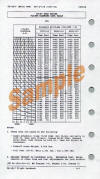 |
CRUISE,
85/90 KIAS CRUISE FLIGHT PLANNING
(pg. C-2)
Quick!..
How much time and fuel will it take to fly a 170
nm mission, cruising at 4,000 ft., 90 knots, standard day with a 20
knot tailwind?...
(Hint: click image, enlarge and read the
table.) |
|
 |
EMER, Engine - Overspeed
and Electrical Fire - Inflight
(pg. E-06)
Emergency procedures follows -10, Chapter 9 immediate action
steps.
Delineates Pilot Flying (PF) and
Pilot Not
Flying (PNF) duties
|
|
 | |
|
|

